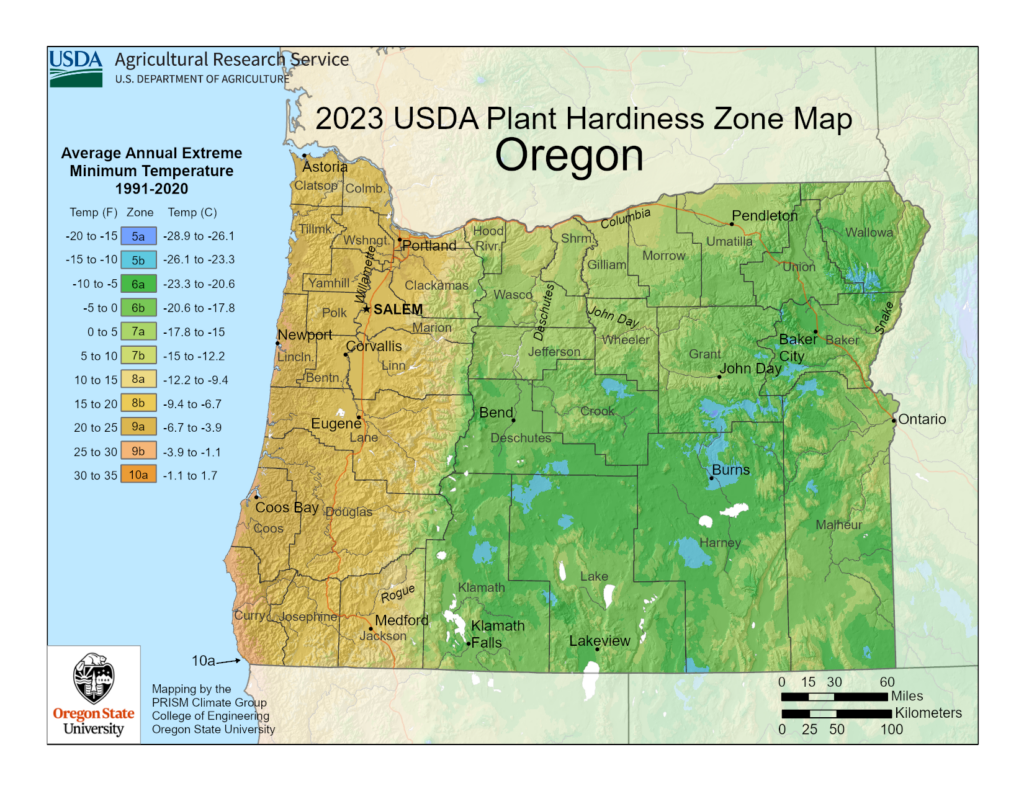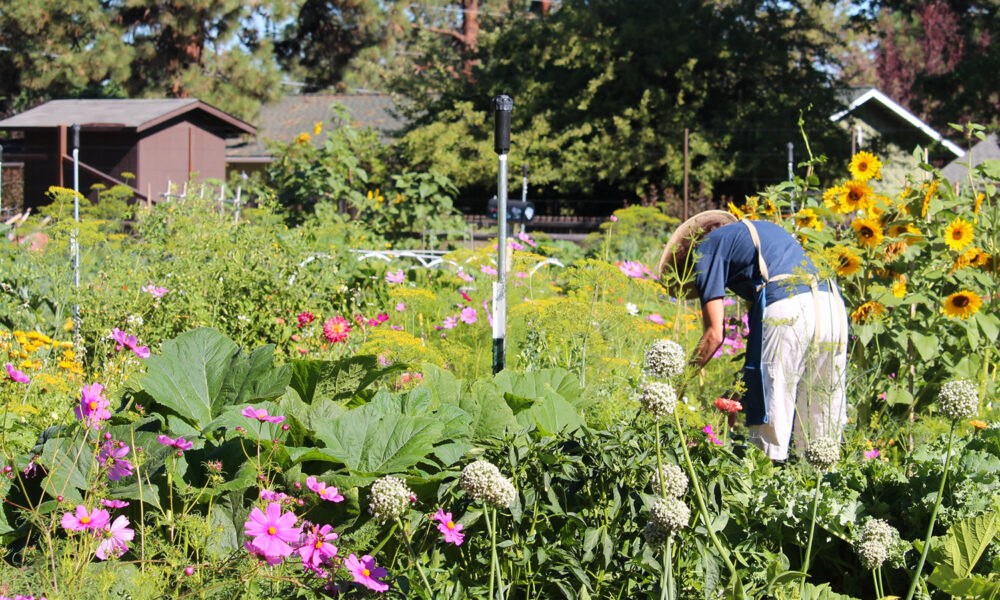Central Oregon’s landscape is a magnificent mosaic of high desert plains, towering mountains, and winding rivers. Amidst this rugged beauty live native plant species perfectly adapted to the region’s climate and soil conditions. If gardening in Central Oregon is one of your hobbies, you may want to recreate the region’s natural beauty in your own yard with native plants.
Planting native flora in your garden offers many benefits, ranging from environmental conservation to practical gardening advantages. Some of these benefits include:
- Requiring less water, fertilizer, pruning, pest control, and other maintenance.
- Supporting local ecosystems by providing food, shelter, and habitat for native insects, birds, and other wildlife species.
- Supporting pollinators, such as bees, butterflies, and hummingbirds with essential pollen sources so they can pollinate nearby crops and wild plants.
- Enhancing soil structure, promoting microbial activity, and reducing erosion.
- Reflecting the natural beauty and character of the local landscape.
To create your own native garden in Central Oregon, there are some things to consider.
Drought and Fire Resistance
Living in the High Desert means drought can threaten a native garden. The growing season (April–October) only provides 3-6 inches of natural precipitation, which means choosing water-wise plants is essential. Efficient irrigation and hydrozoning (grouping plants together with the same water requirements) help create a successful water-wise garden. Oregon State University has a guide on water-wise gardening in Central Oregon that can help you create a high-desert landscape that is water efficient and sustainable.
Another aspect of drought that must be considered when building a native garden is finding native plants that are fire-resistant. A landscape with fire-resistant plants can increase the chances that your home will survive a wildfire. Most healthy deciduous shrubs and trees are fire-resistant.
Plant Hardiness
When the temperature drops in Central Oregon, it becomes very difficult for some plants to survive. Plants can freeze or be buried under snow and ice, which will ruin your garden come spring. The U.S. Department of Agriculture has devised a map of plant hardiness zones, which is what gardeners use to determine which plants are most likely to thrive in their region. The map is based on the average annual extreme minimum winter temperature, which for Crook, Deschutes, and Jefferson Counties is between -15- and 10-degrees Fahrenheit, or zones 5b, 6a, 6b, 7a, and 7b.

Local Fauna
Central Oregon is home to a wide variety of species of animals and insects, which are additional factors to consider when selecting plants for your native garden. Deer are one of the most common culprits that can destroy your garden. The type of plants deer like to nibble on varies depending upon the time of year, the deer species, and what food sources are available at that moment. The only sure-fire way to keep out deer is to put up a tall fence, but OSU has a list of plants that tend to be more deer resistant.
Another creature to consider when building a native garden are pollinators. Pollinators such as bees, butterflies, and hummingbirds are vital for crop and landscape growth because they keep the ecosystem healthy and the food source sustainable. Planting a native garden gives pollinators the nectar they need to thrive, which allows them to carry pollen across the region. Deschutes Land Trust has a list of pollinator plants to grow that will help pollinators like the monarch butterfly thrive in Central Oregon.
Pet Safety
If your furry friends spend time in the yard, finding plants that are safe is important. Mushrooms are frequently consumed by curious pets, and some local fungi can be deadly. A family of mushrooms called Amanita are the main culprits in the area, likely because they give off a pungent smell that attracts dogs. The Central Oregon Mushroom Club has a seasonal chart for edible mushrooms if you want to choose safe fungi for your garden. Outside of fungi, other types of plants can be toxic to dogs if ingested, and Bend Veterinary Clinic has a list to keep your pet safe.
Selecting Native Plans for Home Landscapes in Central Oregon
Oregon State University Extention’s Horticulture experts are a great resource for native plant gardening. They have a list of native plants that are available from local nurseries and adapt easily to an urban landscape environment. The Oregon Association of Nurseries also has a Nursery Guide that lists thousands of plant species and cultivars, and hundreds of services and supplies for the horticulture industry that may help you plan your garden.
Incorporating native plants when you are gardening in Central Oregon not only enhances its beauty but also contributes to the preservation of local biodiversity and ecosystem health. By selecting species that are adapted to the region’s climate and soil conditions, you can grow a beautiful space that thrives under local conditions and showcases the diverse flora of the high desert.


